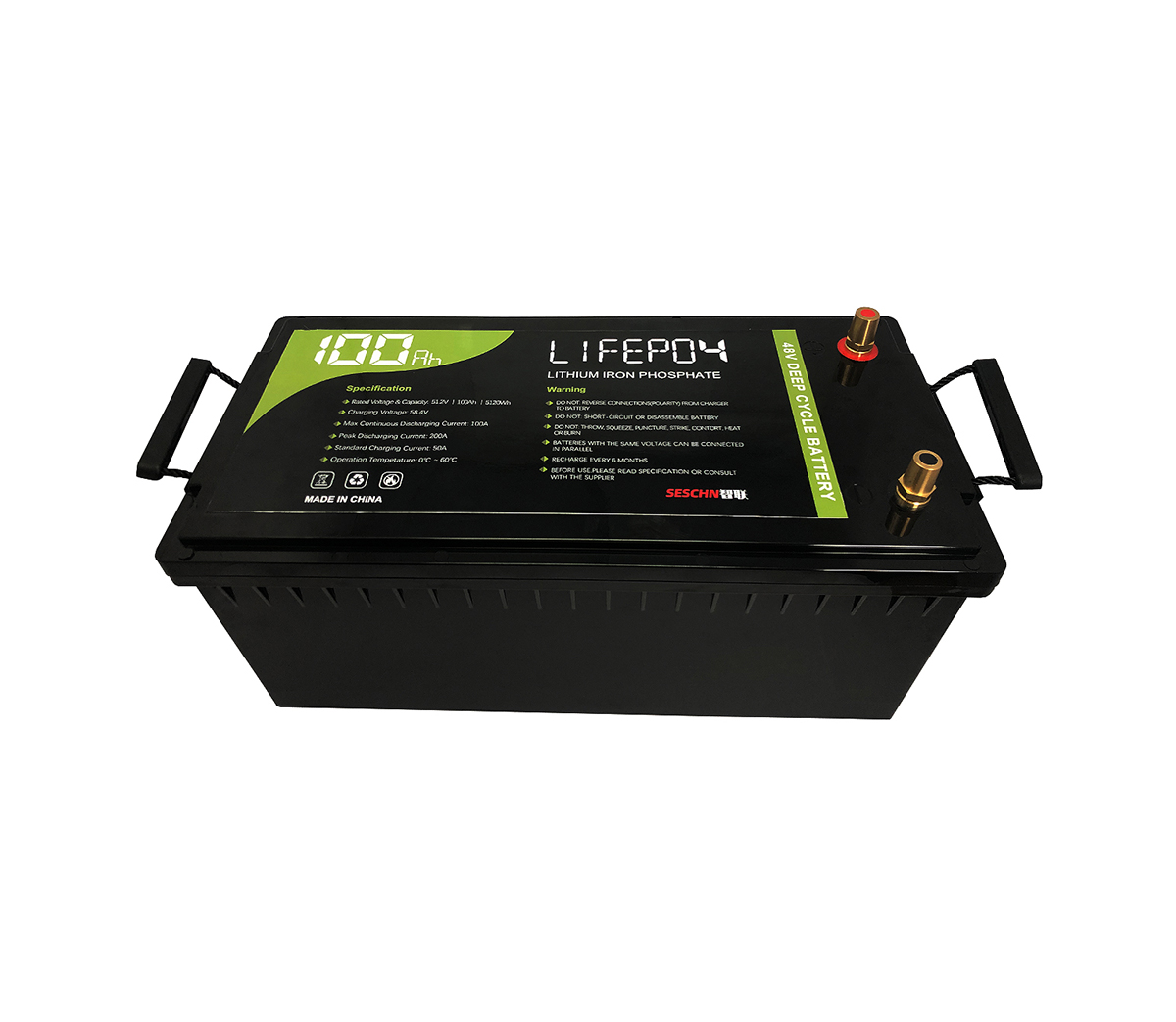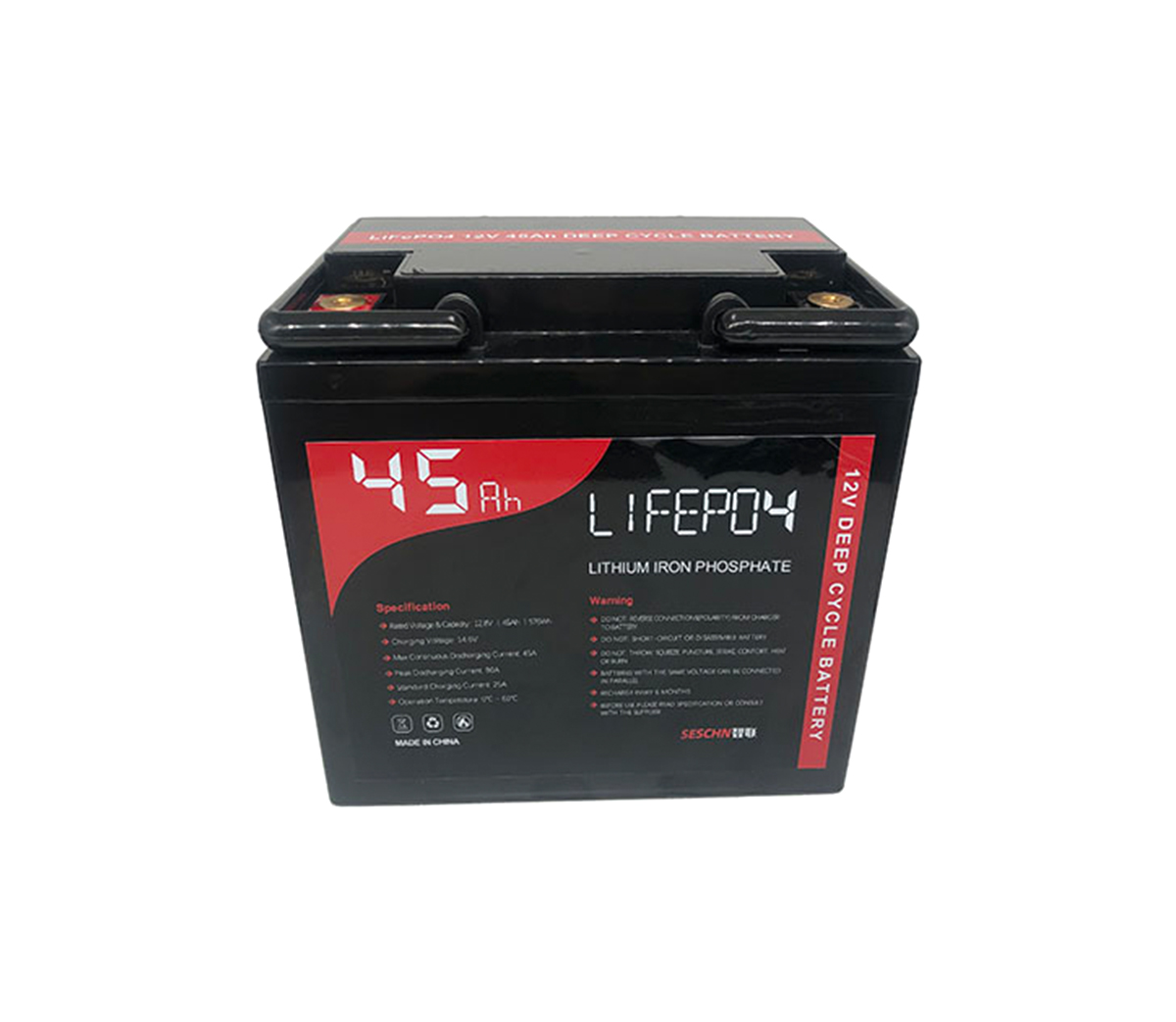Good news for the commercial operation of long-term energy storage
technology, the US Department of Energy will provide $505 million in support
To help commercialize long-duration energy storage systems that can power
the grid for more than 10 hours, the U.S. Department of Energy has launched a
$505 million four-year plan.
The plan is designed to lower barriers to energy storage deployment and
support user-side pilot projects as well as large utility-scale demonstration
projects, resulting in effective deployment, not just on paper.

The U.S. Department of Energy, announced on May 12, will leverage special
energy storage technologies from its institutions, research labs and industry,
with the goal of being able to provide electricity at a lower cost when sunlight
and wind aren't enough.
One energy storage business analyst said that for long-duration energy
storage systems to play a significant role, not only would these systems be able
to cut costs as dramatically as solar and wind power, but power systems would
need to add more renewable energy to the grid. proportion. Additionally, the
market must provide adequate compensation no matter how often energy storage
systems feed the grid.
In announcing the plan, U.S. Department of Energy Secretary Jennifer
Granholm said that the purpose of the U.S. Department of Energy’s newly released
long-term energy storage plan is to build resilience in the power supply
capacity of the community, minimize the probability of grid interruption, and
ultimately achieve the goal set by the U.S. government, namely Adopt 100% clean
energy by 2035.
Lithium-ion batteries dominate the energy storage space today, but so far
their duration has been limited to two to four hours. Industry analysts and grid
operators say longer-duration energy storage is needed to keep the U.S. power
grid running smoothly, especially during extreme weather.
Emerging long-duration energy storage systems are inextricably linked to
the resources of solar and wind power. However, Dan Shreve, director of global
energy storage at research firm Wood Mackenzie, said that today, renewables,
including hydro, account for only about 20% of total electricity generation in
the United States, which is clearly inappropriate and needs to increase the
share of renewable energy. . Therefore, the industry generally believes that the
timing of the DOE's announcement of the new plan is just right, allowing
startups with advanced technologies in long-term energy storage systems to apply
their various technologies to the field.
Long-duration energy storage has a unique opportunity to balance higher
levels of renewable energy penetration without having to overbuild generation
facilities, Shreve said, and also to ease some transmission infrastructure.
There are several emerging technologies promising to provide long-term
energy storage, but commercial operation depends on the acceptability of the
cost. "The challenge of storing electricity for 10 hours or more comes down to
operating costs," said Yang Shao Horn, a professor in MIT's Department of
Mechanical Engineering. "Lithium-ion battery energy storage systems are hard to
beat in the market because they can scale quickly and at scale.
manufacture."
There is no doubt that this recognition has indeed become the consensus of
many long-term energy storage system integrators. SES Power adopts a
standardized, integrated and modular route for lithium-ion energy storage
systems, which will help lithium-ion energy storage systems. The energy system
deployment is simpler, the monitoring is more comprehensive, and the cost is
more advantageous. For example, we have adopted 48V100Ah, 48V200Ah, 48V300Ah,
60V100Ah, 80V600Ah, 120V300Ah energy storage system modules of EVE, CATL, BYD
square aluminum lithium iron phosphate batteries. CAN and other communication
protocols support remote monitoring and operation, which can ensure system
compatibility, high speed and reliability.
The U.S. Department of Energy announced last week that it would invest $500
million, and last July announced a “long-duration energy storage” plan, which
aims to reduce the cost of long-duration energy storage to $0.05/kWh by
2030.
Shreve said it was too early to tell whether its goal of reducing costs by
90% was realistic, but the sharp fall in wind and solar prices was a reason for
optimism.
Shreve said, “There is a lot of precedent that technological progress can
lead to effective reductions in the cost of total deployment, and if someone
asked an industry expert 10 to 15 years ago the price of wind and solar, I don’t
think he would have imagined that it has come down so low today. degree."
ShaoHorn said that in addition to electric vehicles with two-way charging
and discharging functions, other long-term energy storage candidates should
include sodium-ion batteries in addition to traditional batteries such as
lithium iron phosphate batteries, ternary lithium batteries, and lithium
titanate batteries, and Sodium is also widely available. The background, of
course, is that the price of lithium has soared sevenfold since the
Russian-Ukrainian conflict, while sodium is a very cheap and readily available
material. certainly. Sodium batteries currently lack the energy density of
lithium, but many battery industries are increasing their investment in the
research and development of sodium ion technology. There is every reason to
believe that sodium ion batteries will usher in a high-speed development
stage.
Other long-term energy storage candidates include vanadium flow batteries
and fuel cells. Commercial success also requires the various energy storage
technologies that come online to be profitable.
Shreve emphasized that DOE funding should not only support field testing of
the technology, but also give developers a better understanding of critical
commercial operations and help develop market mechanisms to enable long-duration
energy storage systems to survive and thrive on the grid.
In addition, the U.S. Department of Energy requested input by June 16 on
the best implementation of its program and eligibility requirements for a
combination of electrochemical, mechanical, and thermal energy storage
technologies.



































